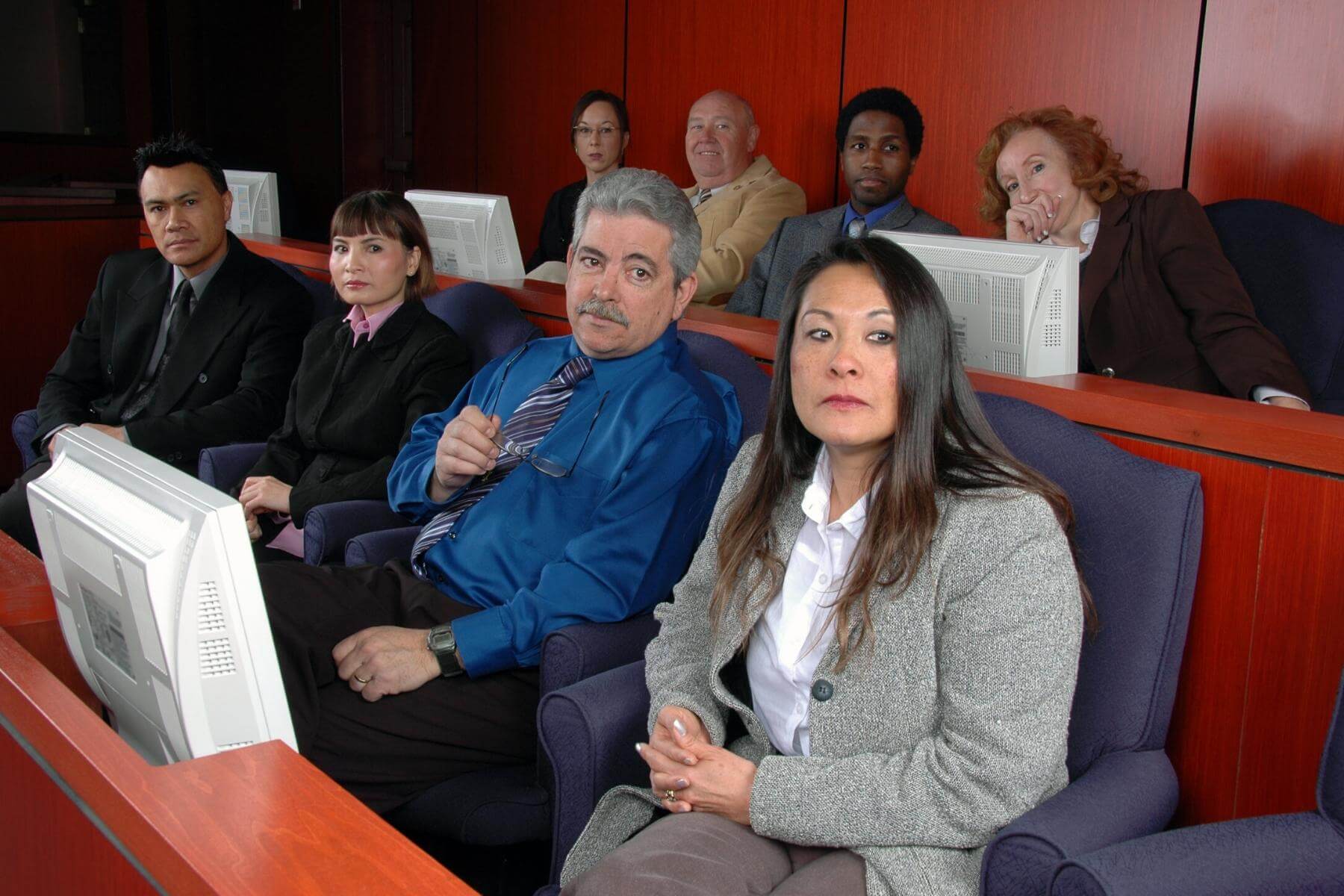Get professional trial presentations to improve your legal arguments.
Get professional trial presentations to improve your legal arguments.
Blog Article
How Test Presentations Enhance Your Debate and Encourage Jurors
Test presentations function as a crucial system for enhancing legal arguments and persuading jurors. By incorporating visual help, narrative structures, and psychological interaction, attorneys can create a compelling instance that reverberates on multiple degrees. The tactical usage of visuals not only clears up complicated details but also captures jurors' attention more efficiently than words alone. The art of narration plays a similarly crucial duty in changing factual proof into a compelling story, shaping jurors' assumptions. Recognizing these elements can considerably affect test end results, increasing the concern of exactly how each component adds to this detailed dynamic.

Relevance of Visual Aids
Aesthetic help play a vital duty in improving the effectiveness of trial presentations, as they can substantially enhance target market interaction and retention of info. In the context of a trial, where jurors are tasked with processing complicated information, aesthetic help offer to simplify and clarify bottom lines. Graphes, graphs, and pictures can communicate data and ideas that may otherwise overwhelm or puzzle jurors, enabling for an extra uncomplicated understanding of the proof offered.
Furthermore, visual aids assist in keeping juror interest throughout the process. By breaking the uniformity of spoken testimony, these devices can stress critical arguments, making them much more memorable. Effective aesthetic aids can additionally stimulate psychological responses, which can be critical in encouraging jurors to line up with the speaker's narrative.

Crafting Engaging Narratives
A compelling story is necessary in trial discussions, as it acts as the backbone of efficient persuasion. It permits attorneys to weave together realities, proof, and emotional aspects right into a meaningful story that reverberates with jurors. This narrative structure enables jurors to comprehend the intricacies of the case while leading them with the attorney's debate.
To craft an engaging story, lawyers should focus on quality and comprehensibility. This entails establishing a clear protagonist-- typically the customer-- and describing their journey through the events in inquiry. Presenting the facts in a rational series enhances comprehension and maintains involvement. In addition, using vivid descriptions can produce mental images that help jurors visualize the occasions, making the narrative a lot more remarkable.
In addition, incorporating key styles throughout the discussion reinforces the core message and help in retention - trial presentations. The narrative needs to not only share information but also evoke a sense of justice, highlighting the stakes included. Inevitably, a sound narrative fosters a link in between the jurors and the case, positioning the lawyer's argument as both legitimate and engaging, consequently increasing the likelihood of a positive verdict

Involving the Jury Emotionally
Effective court interaction rests on the lawyer's ability to attach with jurors on a psychological degree. This connection can considerably influence jurors' perceptions and their utmost decision-making. Making use of sob stories enables attorneys to humanize the situation, transforming abstract lawful principles into relatable experiences. By offering real-life stories or testimonies, lawyers can stimulate empathy and compassion, cultivating a deeper understanding of the issues at risk.
Visual aids, such as photographs or video clips, can even more enhance emotional engagement, providing jurors with dazzling representations of the case's human aspects. Crafting a narrative that highlights the battles and triumphs of the people involved makes sure that jurors see past the legal disagreements and identify the human repercussions of their decisions.
Additionally, tone and body movement play a critical duty in sharing emotion. A lawyer's passionate distribution why not try this out can reverberate with jurors, reinforcing their psychological financial investment in case. It's essential to stabilize sob stories with valid proof, ensuring that jurors feel obliged to act while staying grounded in the fact. Inevitably, an emotionally involved court is most likely to be convinced, making psychological connection a crucial component of effective trial presentations.
Structuring Your Presentation

The body of the discussion should be practically fractional into bottom lines, each sustained by compelling evidence. It is valuable to utilize narration techniques to weave truths into a story that jurors can conveniently adhere to. Aesthetic help, such as graphes and video clips, can enhance comprehension and engagement, helping to highlight essential pieces of evidence.
Real-World Study
Analyzing real-world situation studies supplies very useful understandings right into the art of test presentations and persuasion. The protection team effectively employed a strategy that incorporated high-profile specialist statements with multimedia discussions, which mesmerized jurors and ultimately affected their decision.
An additional noteworthy instance is the "McDonald's Coffee Situation," where the plaintiff's attorneys utilized graphic pictures of the injuries received by Stella Liebeck. trial presentations. This plain aesthetic proof played a crucial duty in conveying the seriousness of her burns, causing a substantial jury honor. Such situations show that impactful trial discussions commonly rest on the reliable combination of visuals and storytelling to evoke psychological feedbacks from click to read jurors
In addition, the "Casey Anthony Test" highlighted the relevance of narrative comprehensibility and credibility. The prosecution's failure to establish a compelling timeline lessened their persuasive power, emphasizing the need of a well-structured discussion. Examining these situations exposes that successful test presentations require critical preparation, emotional engagement, and the ability to resonate with jurors' values and beliefs.
Conclusion
Trial discussions substantially improve arguments and encourage jurors via the strategic use of aesthetic help, compelling stories, and emotional engagement. By streamlining complicated information and cultivating connections with the target market, these aspects produce a remarkable and impactful experience. A well-structured discussion balances psychological charms with valid proof, inevitably resonating with jurors' values. The assimilation of these techniques not just influences decision-making however likewise highlights the importance of effective interaction in the court room.
Report this page